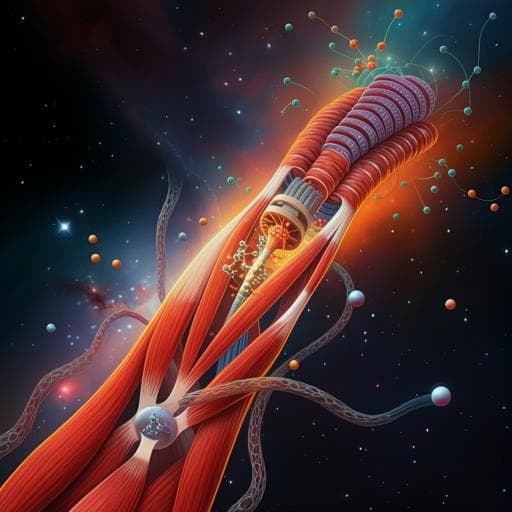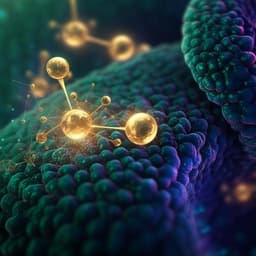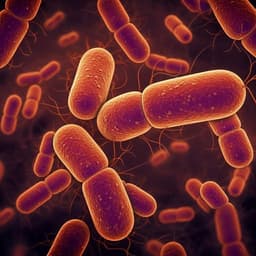
Space Sciences
Explainable machine learning identifies multi-omics signatures of muscle response to spaceflight in mice
K. Li, R. Desai, et al.
This groundbreaking study explores how spaceflight triggers muscle atrophy in mice by unraveling the mysteries of calcium dysregulation and SERCA pump malfunction. The innovative use of multi-omics data highlights Acyp1 and Rps7 as pivotal proteins linked to muscle resilience in microgravity. This research, conducted by Kevin Li and colleagues, offers crucial insights for mitigating muscle loss during space travel.
~3 min • Beginner • English
Related Publications
Explore these studies to deepen your understanding of the subject.







